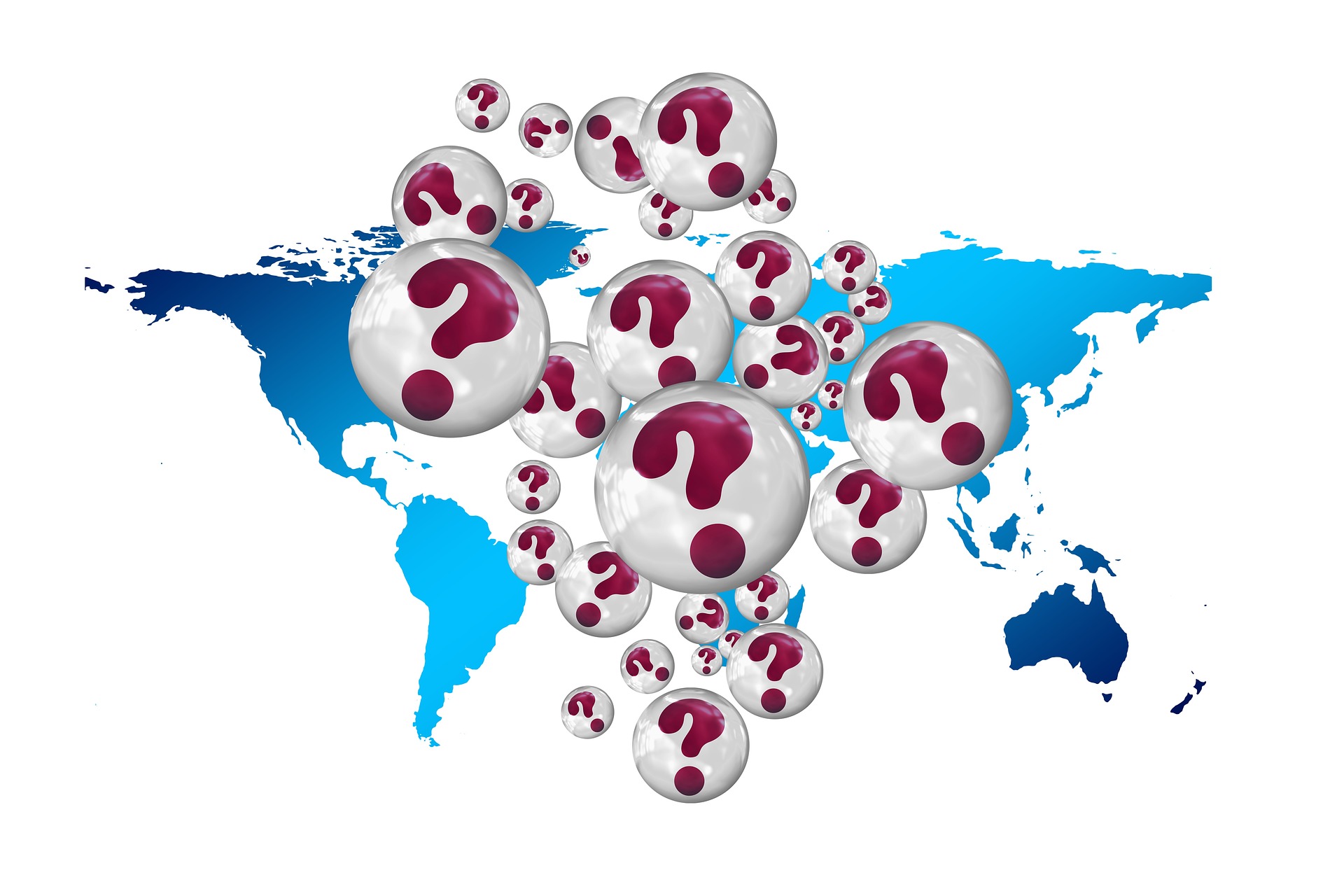Midwives are responsible health professionals who work with women during pregnancy, labor, childbirth, and postpartum. A midwife also provides care for the newborn and infant. A qualified, experienced, and skilled midwife:
- Employs prevention measures
- Detects mother and infant complications
- Make efforts to promote normal birth
- Access appropriate medical care
- Provides care in emergencies
- Counsel women, families, and communities
- Prepares new parents for childcare or parenting
- Offers reproductive and sexual health education
Although midwives are critical in improving the mother and child's health, these professionals experience numerous challenges worldwide. For instance a lack of investment in professional training, an inadequate number of midwives, and weak or absent regulation are primary challenges.
In addition, a lack of facility management and poor working conditions are primary challenges faced by the global midwifery workforce. Today's article will discuss these challenges and ways to improve working conditions for midwives. Read on!
Global Staff Shortage

According to UNFPA and World Health Organization (WHO), there is a shortage of 900,000 midwives worldwide. The Covid-19 pandemic has further escalated the shortage rates around the world because unvaccinated midwives can't provide care to the mother and child.
The shortage of midwives negatively impacts the provision of quality care. The primary reasons behind this are increased workload, low morale, poor working conditions, and burnout due to staff shortages.
In addition, midwives experience compromised autonomy in the high obstetrics dependency units, which devalues their status. Research shows a severe shortage of experienced, qualified, and skilled midwives in 58 countries, including countries in Sub-Saharan Africa.
There is a shortage of 111,880 midwives in 58 countries, and the governments make substantial efforts to bridge the gap between staff shortage and quality care for mothers and infants. The same study reports that these countries require midwifery personnel to cover 95% of births.
Poor Work-Life Balance
A research study published on Science Direct highlights that midwives are more prone to experience stress, depression, mood disorders, and burnout. These issues severely affect midwives' personal and work life.
Likewise, the shortage of midwives increases workload and causes burnout, making it challenging for hospitals, clinics, and other institutions to maintain staff retention rates. Bear in mind that this issue also poses challenges for hospitals and clinics in recruiting qualified midwives.
Midwives work irregular hours, which prevents them from achieving an optimal work-life balance. Working irregular hours or night shifts make it challenging to live a happier and healthier life and enjoy time with their loved ones.
Higher Rates of Burnout

One study highlights that 40% of midwifery personnel in the U.S experience severe stress, fatigue, exhaustion, and burnout. Not only do these conditions cause midwives to commit errors and risk the patient's health, but they also take a massive toll on their physical and mental wellbeing.
Midwives work very long hours, and these extended hours cause exhaustion and burnout. Remember, midwifery is a high-risk job that requires commitment, dedication, personal wellbeing, and professionalism.
However, psychological fatigue can lead to inappropriate communication between midwives and patients, preventing them from taking responsibility for their care and wellness.
Therefore, hospitals, clinics, health departments, and government must collaborate to perform gap analysis and overcome shortage issues to provide enough time for employed midwives to adequately care for the mother and child.
Psychological understanding provides a greater sense of self-care and compassion in the workplace, leading to win-win situations for midwifery personnel and patients. Moreover, it enables midwives to plan and schedule their duties and take time for themselves to improve their overall wellbeing.
Risk of Losing Jobs
As mentioned earlier, a midwife's career is full of ups and downs and a high-risk job, meaning a single mistake, error, malpractice, or negligence can cost you the job. Many midwives face lawsuits for malpractice and negligence that put their assets, including stocks, bonds, property, money, etc., on the line.
A research study published in Wiley Online Library sent emails to 6199 midwives. However, only 880 (14%) responded to the email and took the survey. About 280 or 32% of midwives among the 880 respondents stated that they had at least one lawsuit in their career. Most of these midwives had a median experience of seven years in the field.
So, midwifery personnel who lose jobs due to malpractice or negligence lawsuit escalates the shortage issue and cause problems for hospitals and clinics to retain their staff. Therefore, health departments and hospital administrations must collaborate to develop sophisticated programs for midwives to avoid errors while caring for mothers and infants.
Final Words
Although governments, particularly in the western world, invest more to increase the midwifery workforce, we suggest focusing on providing quality, evidence-based, and relevant education to streamline the entire process. Only increasing the number of midwifery personnel won't reduce maternal or infant complications or mortality rates. Until Next Time!